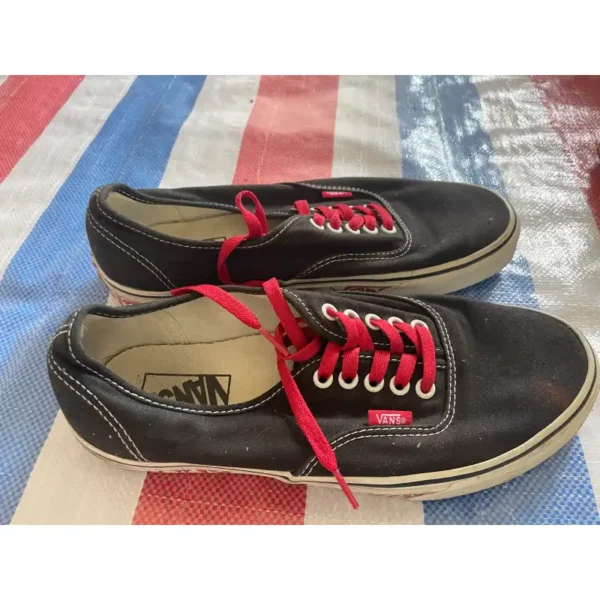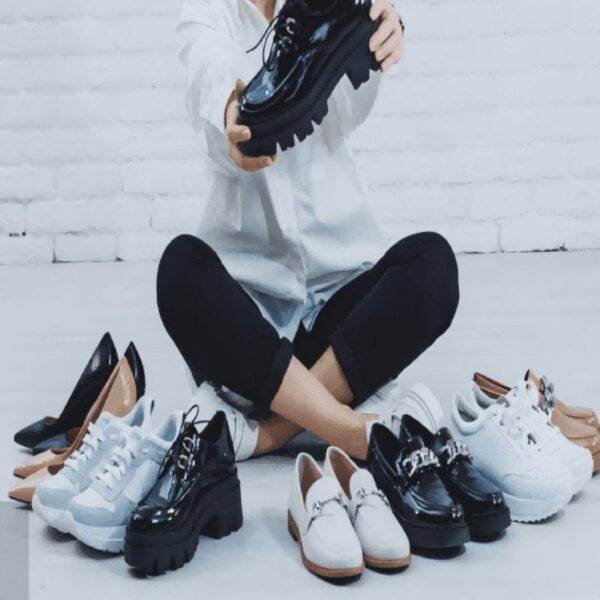9 Tips For Starting Second Hand Clothing Business
How to start a Used Clothes Business?
You must have a lot of questions to ask, the first question is “how to get used clothes? ”
Many people would take enough money and then find the local clothing wholesale zone to buy second hand products.
But in fact, this rough plan can not earn large profit and get a long-term development.
You also need to know some skills to start your second hand clothing business.
Here are a few practical tips for starting your used clothes business.

Practical Tips
1: Make Certain Plans:
Make clear purchase plans before starting to buy used clothing.
Clearly know the location of the second hand clothing supplier and choose the appropriate distance.
More and more, have a specific plan to save time when you go to the used clothes market.
2: How Many Goods Should You Take?
Generally speaking, choose a reliable supplier in used clothing business line.
Go to the factory to test the quality of used clothing and check the supplier chain.
Prepare two funds, one is the clothing purchasing funds, and the other is replenishment funds for other trivial things, taking a little balance between them.
3: Choose Various Styles Of Goods:
Do not choose a few styles to start your used clothes business.
In order to satisfy various needs of customers, you should choose various styles of second hand kid clothing, used men’s clothes, or used women’s clothes.
4: Pay Attention To The Sizes:
Pay attention to size when purchasing used clothing.
Trying several kinds of sizes: normal size clothing, plus size second hand women/man clothing, and extra small size second-hand clothes.
When you ask workers to pack, be careful to see if there is any wrong packing way.
5: Seize The Discount Opportunity:
Seize the opportunity of the discount. Focus on the weekends, holidays and other promotion time.
If there is a promotion, you should purchase used clothing in Bale immediately to save your money.
6: Know More Specific Information:
Contact the supplier to learn more about regional consumption information, you can know the popular styles of second hand clothing.
Finally, analyzing the climate, consumers’ economic ability and aesthetic views of second hand clothing and so on.
Then flexible use these useful information to buy bulk second hand clothes .
7: Know More Knowledge Of Used Clothing:
Be sure to know knowledge of used clothes: No pilling, No stains, No broken, No dirty, No slack.
Choose high-quality second hand clothing to earn more money.
8: Choose The Reliable Supplier:
A reliable supplier would provide you with high-quality second hand clothing&bags&shoes.
They can provide you reliable logistics transportation team to ship products smoothly and timely.
As well as the supplier chain, do not find small factory to be your supplier, they will out of stock anytime.
9: Warehouse Storage:
Storage is also a very important factor.
As we all know, no matter how good your second hand products are, if they are affected by damp and moldy weather, then your goods will be affected seriously.
Your goods should be carefully protected from moisture and fire.
By laying a few thick layers of moisture-proof plastic bags to protect products.


Hot Selling Markets In Africa
When a big bag second hand clothes were opened, the crowd gathered together.
While the clothes are like used dresses, which can sell for $7 or $8.
As the selection of used items dwindled, retailers began offering discounts to solve the left stock.
In the pictures, it shows many countries choose China supplier as their second hand clothing business partner.
At the same time, used clothes, women’s dresses, shoes, plus-size women’s clothing, and handbags are the most popular products.
Used clothes account for the largest proportion, it well received by Africa and other countries.
For economic reasons and coronavirus disease, there are many businessman selling second-hand clothes, used shoes and used bags in many countries in Africa, Asia, and Southeast Asia.
Global pattern and market drivers of second-hand clothing trade
In recent years, second-hand clothing trade has become an important part of the global circular economy, especially in Africa, Southeast Asia and other regions to form a huge industrial chain. With supply chain efficiency and cost advantages, China has surpassed Europe and the United States to become the largest supplier of second-hand clothing in Africa since 2021, with exports to Africa growing 123% from 2020 to 2021, accounting for more than 30% of the global market share. This trend will continue to strengthen in 2024, with Chinese headline companies such as Hissen Global continuing to see significant growth in annual exports, and African agents purchasing orders in tons, covering categories such as jeans and T-shirts.
Economic demand and market shift under the impact of the epidemic
The African market’s reliance on second-hand clothing stems from its economic structure: about 50% of consumers choose second-hand clothing because their monthly income is only $50-100, and a second-hand T-shirt sells for $5-10, which is only 1/3-1/5 of the price of a new one. during the Xin Guan Epidemic, the second-hand clothing exports from Europe, the U.S., Japan, and South Korea were greatly reduced due to the obstruction of logistics and the increase in costs, while China’s second-hand clothing exports shrank significantly due to the stable supply chain and the efficient logistics network (e.g. China-Europe Cargo, China-Europe Airline, and the China-EU Cargo Service, etc). With a stable supply chain and efficient logistics network (e.g., China-EU KAAC, Africa Special Line), China quickly filled the market vacancy and became the first choice of overseas buyers. For example, in Kenya, the population of imported second-hand clothes in 2024 will reach millions, accounting for nearly 10% of the labor force, of which 40% will come from China.
Competitive advantage: style fit and value for money
The popularity of Chinese second-hand clothing is not only due to its low price, but also due to its design diversity and size adaptability. African consumers prefer colorful styles, and Chinese clothing styles are more in line with local aesthetics than those of Europe and the United States; at the same time, Chinese clothing sizes are more in line with the size of African consumers (mainly thin), reducing the problem of oversized European and American versions of the stagnation of the market. In addition, Chinese companies enhance the value of their products through integrated sorting, disinfection, and logistics and customs clearance services. For example, factories in Guangzhou and Shandong handle hundreds of tons of clothing per day, which supports the huge demand in Africa’s informal retail market.
Influenced by COVID, the export industry of second-hand clothes in countries such as Japan, South Korea, Europe and the United States suffered severe setbacks or even stagnated.
Many overseas customers chose China suppliers as their first choice, which was relatively less affected by the COVID.
They got a lot of profit from the business of second hand clothes store with China supplier.
Taking care of their life and living a better life by doing the second hand products business.
Popular Second Hand Used Clothes

In addition, picture shows that the United States, Philippines, India, Cambodia and South Africa prefer the used women clothing ,men’ clothing, sportswear and used children clothing.
Used clothes become the most popular products among the second hand clothing business trade.
If you want to find the reliable supplier, contacting us to make a deal.





